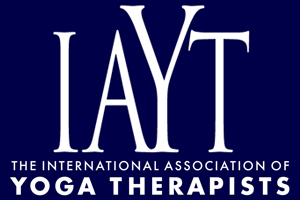Interest In Yoga Among Fibromyalgia Patients: An International Internet Survey
Studies in circumscribed clinical settings have reported the adoption of yoga by many fibromyalgia (FM) patients. However, it is unclear from existing studies which types of yoga practices FM patients are typically engaging in and the extent to which they experience yoga as helpful or not. The purpose of this study was to survey FM patients in many different regions to inquire about their engagement in various yoga practices, the perceived benefits, and the obstacles to further practice. A 13-question Internet survey of persons self-identified as FM patients was conducted among subscribers to 2 electronic newsletters on the topic of FM. Respondents (N = 2543) replied from all 50 U.S. states and also from Canada, Australia, and the United Kingdom, and from more than two dozen other countries. On average, respondents were 57 years of age and 96% were female, with an average time since diagnosis of 13 years. Of these respondents, 79.8% had considered trying yoga and 57.8% had attended 1 yoga class. The respondents' classes typically focused almost exclusively on yoga poses, with minimal training in meditation, breathing techniques, or other practices. The most commonly cited benefits were reduced stiffness, relaxation, and better balance. The most frequently cited obstacles were concerns about the poses being too physically demanding and fear that the poses would cause too much pain. These findings confirm strong interest in yoga across a geographically diverse range of FM patients. However, concerns about yoga-induced pain and yoga poses being too difficult are common reasons that FM patients do not engage in yoga exercises. This study supports the need for yoga programs tailored for FM patients to include modification of poses to minimize aggravating movements and substantive training in meditation and other yoga-based coping methods to minimize pain-related fear.
